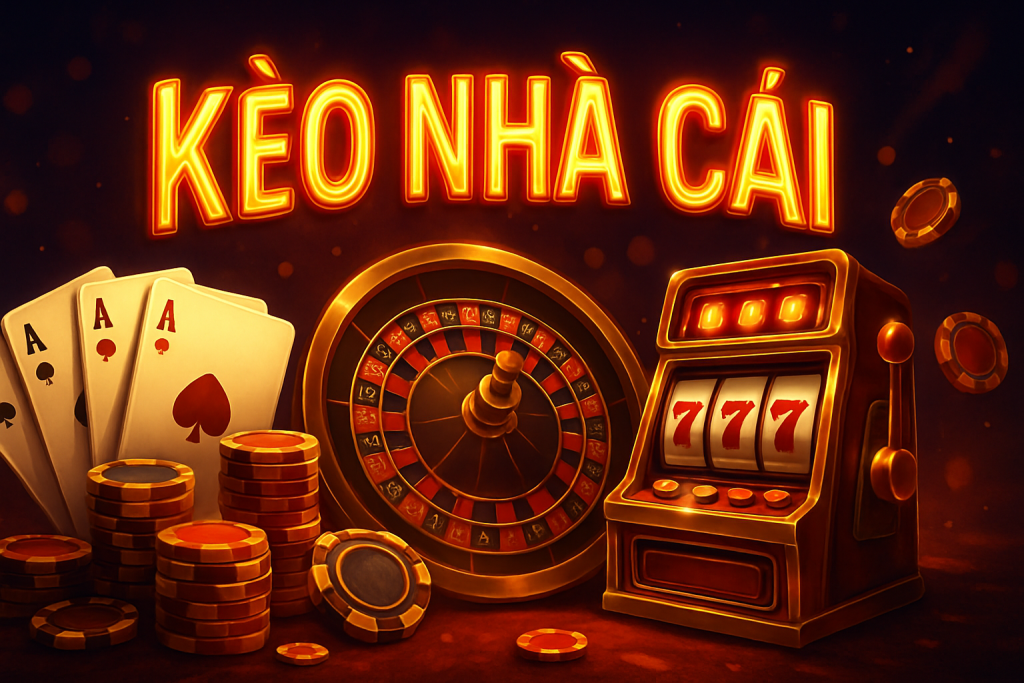
Every element in a casino game is crafted with purpose from the colors and sounds to the mechanics and reward systems. These design choices are not random—they are backed by psychology and data to keep players engaged for as long as possible. With online gambling gaining ground in Vietnam more players are beginning to recognize the importance of understanding how game design influences their behavior. Platforms like kèo nhà cái help players make informed choices before engaging with these enticing games.
At the heart of casino game design lies the concept of intermittent reinforcement. This principle refers to the unpredictable nature of rewards which can be highly addictive. When players do not know when the next win is coming they are more likely to keep playing. Slot machines are a perfect example of this design. The frequent near-wins flashing lights and celebratory sounds create a powerful psychological loop that compels players to continue spinning the reels.
Color psychology also plays a critical role. Many casino games use vibrant shades like red and gold which are associated with excitement and wealth. These colors are chosen to stimulate the brain and increase arousal levels making the experience more thrilling. Bright contrasting graphics are not just visually appealing—they help create an immersive atmosphere that makes players lose track of time.
Sound design is equally influential. A simple win on a slot machine is often followed by upbeat music or celebratory jingles even if the actual payout is small. This creates the illusion of success and reinforces the desire to keep playing. Silence on the other hand is rarely used in casino environments because it breaks the immersive flow and makes players more aware of the passage of time and their spending.
Another important factor is the concept of loss disguised as win. This occurs when a player bets a higher amount than they actually win but the game still displays positive visuals and sounds. For example a player might bet five units and win back two but the game celebrates it as a victory. This clever trick reinforces engagement and masks the reality of a loss.
Modern online casino games also use dynamic interfaces and reward systems like bonus rounds free spins and mini-games. These features offer more than just monetary incentives—they make the game feel like a progression system where players are working toward goals. This taps into the human desire for achievement and advancement even in a game of chance.
Personalization is another trend in online casino design. Games now track user preferences and tailor experiences based on play history. This can include offering specific bonuses showcasing favorite games or adjusting difficulty levels in skill-based scenarios. While personalization can enhance enjoyment it also raises concerns about how much control the platform has over user behavior.
It is also worth noting how mobile optimization has changed game design. Simpler controls and vertical layouts ensure that players can enjoy a smooth experience on smaller screens. Push notifications and in-app promotions keep users coming back which can either enhance convenience or contribute to impulsive behavior depending on how responsibly the platform operates.
In summary casino game design is a sophisticated blend of psychology technology and user experience. By being aware of the tactics used to maintain player engagement individuals can make more mindful decisions and enjoy gambling as a form of entertainment rather than falling into harmful habits.